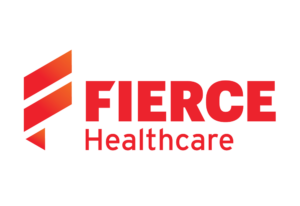CMS proposes 2026 Medicare pay bump, targets wasteful spending
Editor's Note
The Centers for Medicare & Medicaid Services (CMS) has proposed a 3.62% increase to the 2026 Medicare physician fee schedule, according to a July 14 article in Fierce Healthcare. The proposed rule sets the conversion factor at $33.42, up from $32.35 in 2025. The increase reflects a 2.5% payment adjustment required by the Big Beautiful Bill Act and a 0.55% rise due to changes in relative value units (RVUs). CMS also proposed a $33.59 conversion rate for qualifying alternative payment models, a 3.83% increase.
The proposed rule includes changes to the Medicare Shared Savings Program (MSSP). CMS would relax the requirement for accountable care organizations (ACOs) to have at least 5,000 assigned Medicare beneficiaries, with the change taking effect for agreements starting January 1, 2027. The rule also proposes to eliminate the health equity adjustment from ACO quality scoring beginning in performance year 2025, aiming to simplify scoring by removing duplicate factors. Additional proposed changes to APP Plus quality measures include removing a metric on screening for social drivers of health.
The proposed Ambulatory Specialty Model would introduce new payment incentives for managing heart failure and lower back pain, with an emphasis on upstream prevention and accountability for cost and outcomes.
The rule also targets rapid growth in Medicare Part B spending on skin substitutes. CMS currently treats these products as "biologicals" for payment purposes, which can raise payouts. The agency now proposes reimbursing them as incident-to-supplies, a shift it says would reduce spending on these products by 90%.
The proposed rule also addresses the Medicare Part B and Part D Drug Inflation Rebate Programs, introducing a claims-based method to exclude 340B units from Part D rebate calculations starting in 2025.
CMS Administrator Mehmet Oz said in a press release that the agency is modernizing Medicare by cutting waste, enhancing access to preventive services, and holding providers accountable for outcomes.
The full report offers additional detail and context, including commentary from CMS and other sources.
Read More >>

 Free Daily News
Free Daily News